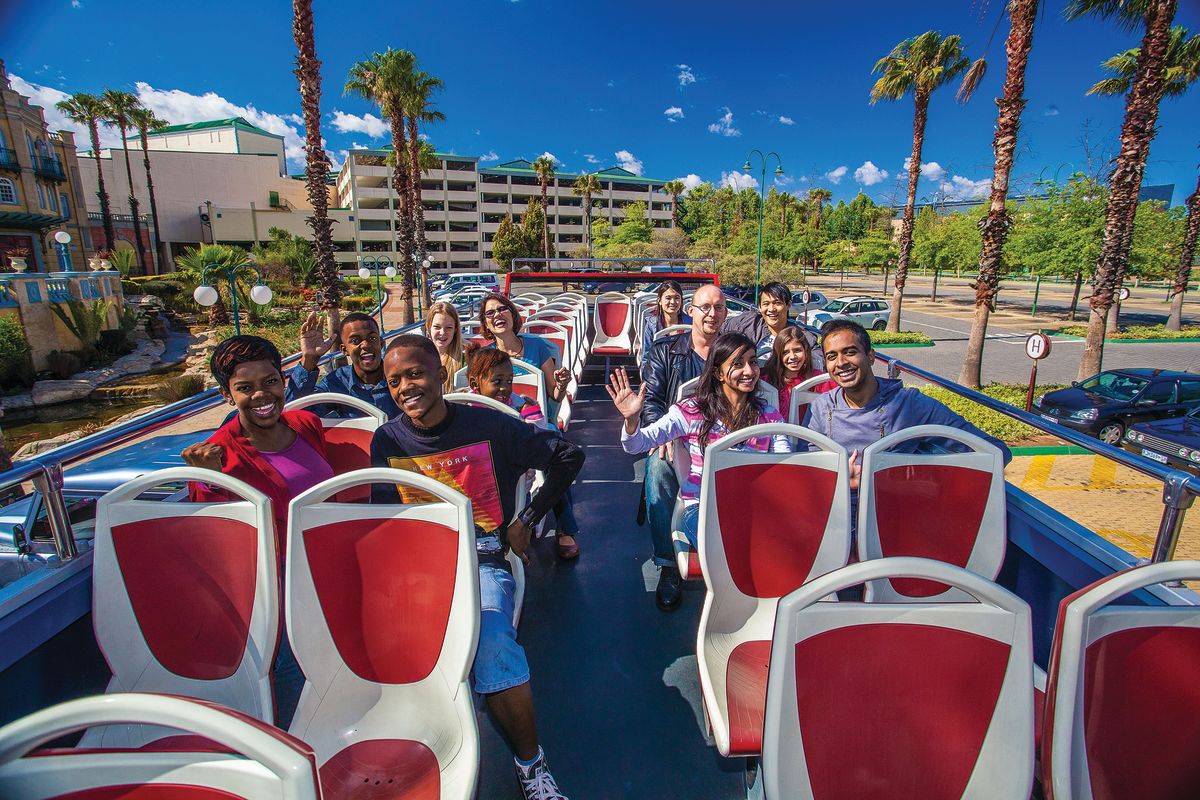Johannesburg North Attractions - The Facts
Johannesburg North Attractions - The Facts
Blog Article
6 Simple Techniques For Johannesburg North Attractions
Table of ContentsGetting My Johannesburg North Attractions To WorkJohannesburg North Attractions Can Be Fun For EveryoneSome Known Incorrect Statements About Johannesburg North Attractions The Of Johannesburg North AttractionsMore About Johannesburg North AttractionsThe Facts About Johannesburg North Attractions Revealed
The city owes its area to the visibility of a much more priceless resource: gold. The city expanded on the edge of the Witwatersrand Main Coral reef, a subterranean stratum of gold-bearing quartz-silica corporation that arcs for hundreds of miles below the Highveld. A lot of the gold mines in the city ceased procedure in the 1970s, yet in its day the Witwatersrand gold sector represented greater than 40 percent of the globe's annual gold manufacturing.Johannesburg has a pleasant environment. Summer season temperature levels average about 75 F (24 C); winter temperature levels balance about 55 F (13 C) and just sometimes dip listed below freezing. The city appreciates about eight hours of sunshine per day in both wintertime and summer season. Rain standards regarding 28 inches (700 millimetres) per year, however the overall differs considerably from year to year.
What rainfall the city gets falls almost solely in the summertime months, usually in magnificent late-afternoon electrical storms., where numerous residents still count on coal for gas.

The Best Guide To Johannesburg North Attractions
The balance of the city is occupied by whites. Holiday accommodation differs in character and top quality. Soweto is well-known for its limitless rows of municipally constructed, two-room matchbox homes, yet it also has a few flourishing territories in addition to bristling squatter camps, where tens of thousands live without water, electrical energy, or hygiene facilities.
Physical development, although somewhat limited by transportation, continued rapidly as migration to South Africa, and Johannesburg specifically, enhanced dramatically. This trouble was resolved in the 1930s when the car was introduced in mass production to South Africa. Autos were, essentially, restricted to the affluent, and allowed them to relocate to the north of the city and commute into the centre.
The majority of bad residential areas were combined, with poor blacks and whites living together, although the well-off suburban areas were typically booked for he said whites.
The approximated populace of the region is 200,000, [] but the number of individuals living in the central city on an informal basis is unidentified, as several are unlawful immigrants. Many higher-income homeowners and white individuals have actually relocated to the north residential areas and have been replaced by lower-income black people. The joblessness, education and learning, and age accounts of the area are all unknown, due to the problem of obtaining trusted details concerning the area.
The Of Johannesburg North Attractions
Yeoville and Bellevue have a mix of house recommended you read structures and single property systems on tiny lots. The region lies on a hilly divide that runs from eastern to west. The most conspicuous geographic function is Observatory Ridge, which is named for the huge observatory situated on it. The leisure spaces are no longer made use of, due to protection problems.

More About Johannesburg North Attractions
R. Tambo International Flight Terminal). The eastern suburban areas are several of the oldest locations of Johannesburg, there are huge areas of Jewish and various other European histories, the bulk of the population is English talking. There are three golf links as well as a number of secured ridges with viewsites. There are numerous well-developed and up-market entertainment and buying areas in the east such as the Eastgate Shopping Center and the Greenstone shopping center.
The area is mainly composed of old "matchbox" houses, or four-room houses built by the federal government, that were built to offer inexpensive holiday accommodation for black workers during apartheid. Soweto is an abbreviation, standing for "South Western Townships". Road after road around is lined with matchboxes; however, there are a couple of smaller sized locations where flourishing Sowetans have actually developed houses that are more comparable in stature with those in more affluent residential areas.
Hostels are an additional noticeable physical feature of Soweto. Originally constructed to house male migrant employees, numerous have informative post actually been enhanced as homes for pairs and households. The N1 Western Bypass skirts the eastern limit of Soweto. The suburb was not traditionally allowed to create work centres within the location, so nearly all of its citizens are travelers to various other parts of the city.
Johannesburg North Attractions for Beginners
The N1 Western Bypass connects the north suburbs with the north-western suburban areas. The suburbs in the north residential areas are mostly formal, without any considerable areas of casual real estate, or real estate that lacks a permanent framework. This is an established location, there is a pattern of land usage change from domestic to industrial, particularly along main arterial roads and around well established nodes.
The location is well linked to road networks, particularly along the north-south axis developed by the M1 and N1. Roads to the east and west are much less well created, as there are no highways travelling in that instructions. Towards the northern border of the city, the thickness of growth decreases, leaving big areas of undeveloped land around Midrand.
Get This Report about Johannesburg North Attractions
The first residential area to the north of the inner city is Parktown, which is situated on a hillside overlooking the central city and Hillbrow. It has many well-off locals and Edwardian-design mansions, in addition to the Education and Medical schools of the College of the Witwatersrand. The large concrete Charlotte Maxeke Johannesburg Academic Hospital dominates the sky line of Parktown.
Report this page